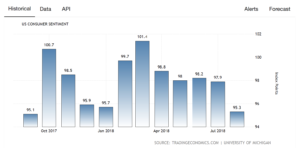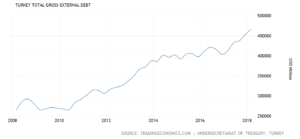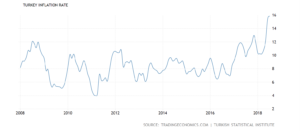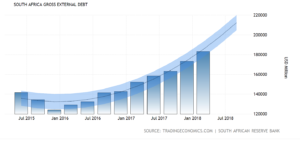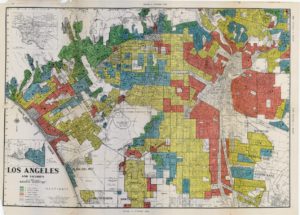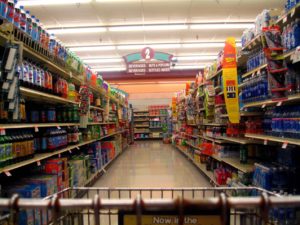It’s a rainy day outside. Your plans to go to the smoothie shop, restart your gym membership, and drive to the beach after you go shopping at the Grove in Beverly Hills have been canceled. You know that California weather tends to be dry and hot for the most part, so you push off your plans to have a rainy-day in. This day consists of watching movies on your Netflix account and cooking with leftovers around the house. This day is a good day to finally pick up that book you bought two years ago about success. One might not think these very actions serve any impact to the surrounding companies and people. In fact, it does. You, in addition to all the other people that decided to stay in because of this spontaneous rain in sunny California, would be reducing your contribution to the GDP and the economic growth in general. Different climates make consumer behavior change.
Weather plays a substantial role in the health of certain markets and therefore influencing the economy. Weather relates to the condition of the atmosphere with respect to temperature, humidity, etc. Different temperatures call for different demands, like the need for winter clothes and the popularity of comfort foods increases when winter is around the corner. Different humidity conditions affect the growth of certain crops, the sales of personal care products, and tourism revenue. In regions where the weather changes drastically, the revenue in many businesses may thrive or cripple. Seasonal businesses can include fresh produce, clothing, tourism, etc.
Blueberries grow in the summer season, “typically grown in humid and northern climates that have winter chills, mild summers, and low-pH or acidic soils.” These conditions limit the places where blueberries can grow. In cases of natural disasters and global warming, the value of the crop can be changed.
For example, in September 2017, Hurricane Irma destroyed more than 50% of orange crop in Florida. With less supply and now more demand, fresh squeezed orange juice spiked in price. With a reduced harvest, alternatives, such as frozen concentrated orange juice, became more expensive, as well. Based on USA Today, “orange juice drinkers pay as much as $2.30 more for a gallon of orange juice as a result of the broad swatch that Irma cut through Florida’s citrus crop.”
Based on Everyday Health, individuals eat more in the winter, which would yield to an increased demand for food. During the winter time, there is an apparent rise in sales for comfort foods, such as meatballs, lasagna, cookies, and pork chops.
https://www.washingtonpost.com/news/wonk/wp/2015/11/25/the-hidden-ways-weather-determines-what-you-buy/?noredirect=on&utm_term=.cbabc329b7cc
Due to the influence weather has on economic activity, technology has found a way to monitor weather in efforts to capitalize on marketing and advertising. McDonald’s, a fast food chain, promotes coffee sales in cold areas and McFlurry sales in sunny areas. With access to current weather, companies can adjust campaigns to gain more impressions and attention.

